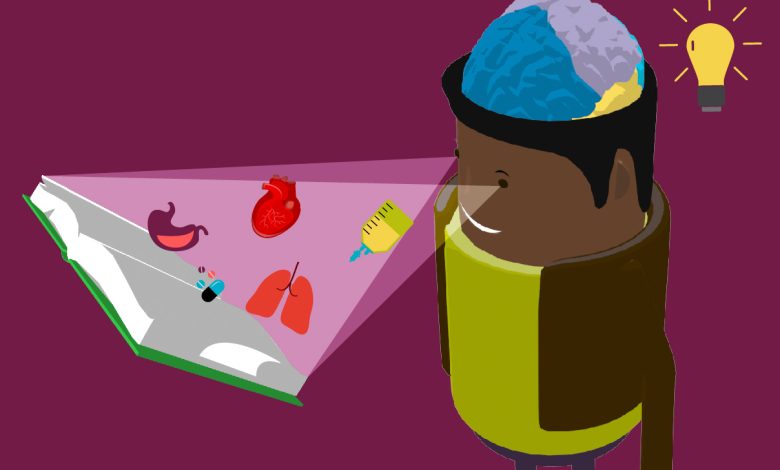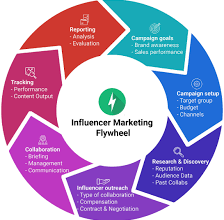Visual Storytelling: Conveying Messages Through Compelling Graphics

Last Updated on March 3, 2024 by Ali Hamza
In a world where information bombards us from every angle, capturing and retaining audience attention is an ongoing challenge. Enter visual storytelling—a powerful technique that transcends language barriers and engages viewers on a deeper level. By combining the art of storytelling with captivating graphics, visual storytelling enables messages, narratives, and emotions to be communicated in a way that resonates deeply with audiences. In this blog, we’ll explore the art of visual storytelling, its key components, and its impact across various domains.
The Power of Visuals
Humans are inherently visual beings. Our brains process visual information more quickly and efficiently than text, making visuals a potent tool for communication. Visual storytelling leverages this natural inclination, using images, illustrations, videos, and graphics to convey complex ideas, evoke emotions, and captivate viewers. This is precisely what graphic design does.
The Components of Visual Storytelling
1. Narrative Structure
At the heart of visual storytelling lies a narrative structure. This structure typically consists of a beginning, middle, and end. The beginning sets the stage, introducing characters, setting, and context. The middle unfolds the story, presenting challenges and conflicts. The end provides resolution, conveying a message or lesson. This structure is a blueprint that guides the creation of visuals that resonate with viewers.
2. Characters and Emotions
Engaging characters with relatable emotions are key elements in visual storytelling. Characters give the audience someone to connect with, fostering empathy and investment in the story’s outcome. Emotions further humanize the narrative, allowing viewers to forge a connection with the characters and their experiences.
3. Visual Elements
Visual storytelling involves a range of elements, including imagery, color, typography, layout, and composition. These elements work in harmony to evoke specific moods, set the tone, and create an immersive experience. For instance, warm colors might evoke feelings of warmth and comfort, while stark contrasts can create a sense of tension.
4. Symbolism and Metaphors
Using symbols and metaphors in visual storytelling adds layers of depth to the narrative. A simple object or image can carry a complex meaning that enhances the story’s impact. For example, a broken clock might symbolize the passage of time and the inevitability of change.
5. Visual Progression
Just like in traditional storytelling, visual storytelling benefits from pacing. Progression in visuals—whether through animation, scrolling, or transitions—guides viewers through the narrative, maintaining their engagement and building anticipation.
Applications of Visual Storytelling
1. Marketing and Branding
In marketing, visual storytelling is a powerful tool for conveying a brand’s values, products, and ethos. Brands like Coca-Cola and Apple have effectively used visual storytelling to create emotional connections with consumers, reinforcing brand loyalty and recognition.
2. Journalism and News
Visual storytelling plays a pivotal role in news reporting. Infographics, photo essays, and videos help distill complex information into easily digestible formats. They also evoke emotions, making news stories more relatable and impactful.
3. Education and Training
Complex concepts can be simplified and made memorable through visual storytelling. Educational institutions and training programs use visuals to engage learners and enhance their understanding of subject matter.
4. Entertainment and Animation
The world of entertainment thrives on visual storytelling. Films, animations, and television shows transport viewers to different worlds, evoke emotions, and immerse them in captivating narratives.
5. Social and Cultural Commentary
Visual storytelling is a platform for expressing societal issues and cultural commentary. Artists and designers often use visuals to critique or shed light on pressing matters, sparking conversations and reflection.
Case Study: The New York Times “Snow Fall”
The New York Times’ interactive feature titled “Snow Fall: The Avalanche at Tunnel Creek” is a groundbreaking example of visual storytelling. Combining text, images, videos, and interactive elements, it tells the harrowing story of a deadly avalanche. The multimedia experience immerses readers in the events, allowing them to explore different facets of the narrative and experience the tragedy from multiple angles. “Snow Fall” demonstrates how visual storytelling can elevate traditional storytelling methods by leveraging the capabilities of digital media.
The Future of Visual Storytelling
As technology continues to evolve, so does the potential for visual storytelling. Virtual reality (VR) and augmented reality (AR) are emerging as platforms that can transport audiences into immersive narratives. Interactive elements, 3D graphics, and sensory experiences offer new dimensions to visual storytelling, enabling creators to craft even more engaging and memorable narratives.
Conclusion
Visual storytelling is a dynamic and multifaceted approach to communication that taps into the innate power of visuals to convey messages, emotions, and narratives. By utilizing the principles of narrative structure, characters, symbolism, and visual progression, creators can captivate audiences across various domains. Whether in marketing, journalism, education, or entertainment, visual storytelling serves as a bridge that transcends linguistic and cultural boundaries, creating connections and leaving a lasting impact on viewers. In a world saturated with information, the art of visual storytelling stands as a beacon, drawing us into stories that inspire, inform, and move us.



